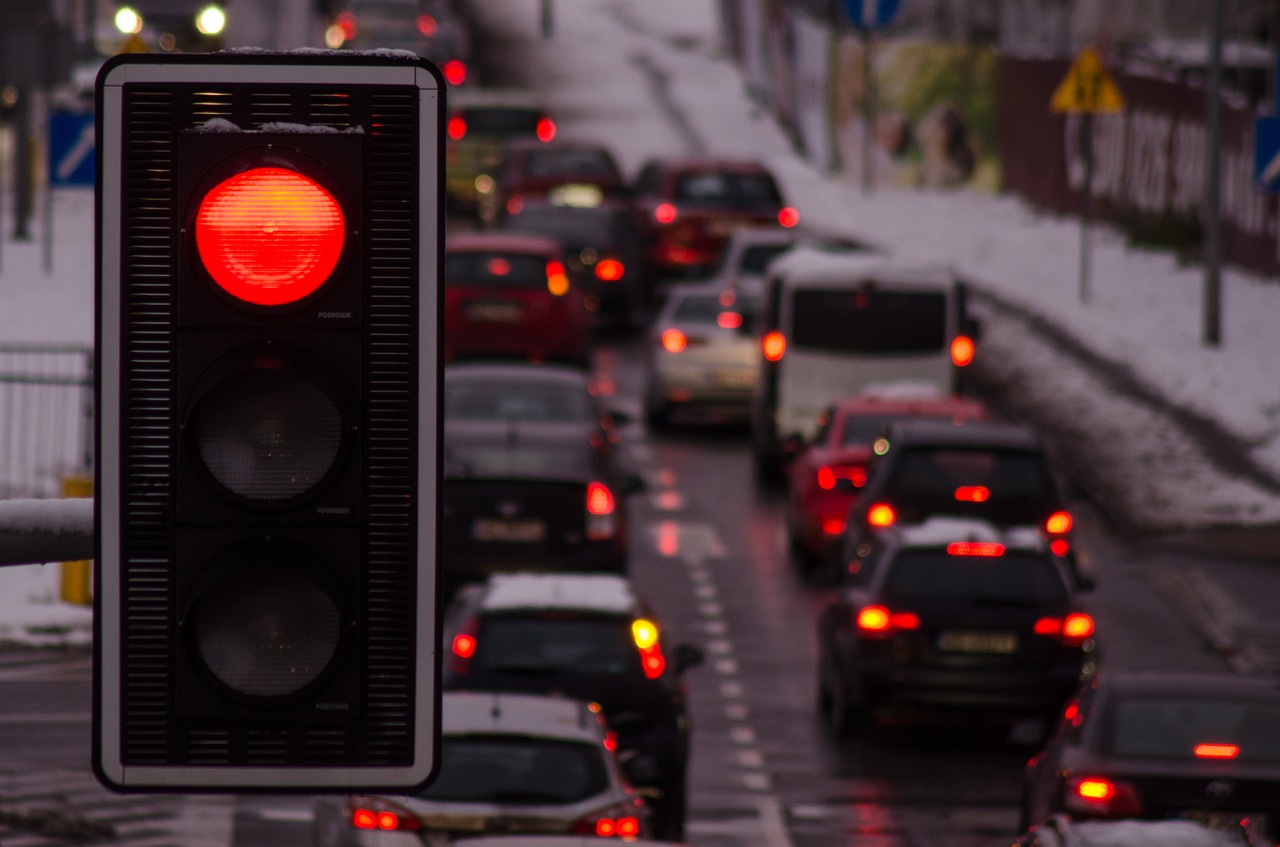November 16, 2017

All year, Congress seemed to be struck with a case of automated vehicle (AV) fever. Both chambers held a flurry of hearings and roundtables, with politicians urgently asking transportation stakeholders how they could help to advance the nascent technology.
The AV fever seemed to break after the SELF DRIVE Act (H.R. 3388) was passed in the House by voice vote in September and the Senate Commerce, Science, and Transportation Committee unanimously approved its own bill, the AV START Act (S. 1885), last month. Partisan battles over issues like tax reform sucked all of the oxygen out of Washington in the past several weeks, leaving little room for AV START to move to the Senate floor.
However, it appears that the AV bills will soon return to the spotlight in both chambers.
Senate Commerce recently received the Congressional Budget Office’s (CBO) cost estimate for AV START. The CBO estimated that the legislation would cost the federal government $22 million to implement over the 2018-2022 period and that while it would increase revenues from civil penalties, those would amount to less than $500,000 over the 2018-2027 period. The CBO score also estimates that the National Highway Traffic Safety Administration (NHTSA) would need to hire about 20 more people to work on the numerous rules and reports in the bill.
With the CBO score in hand, Senate Commerce is now expected to file its report on AV START this week or after the Thanksgiving holiday.
ETW has learned from representatives of industry and advocacy groups engaged in the process that AV START might be “hotlined” before the end of the month, perhaps even before Thanksgiving. This is a process where the Senate Republican and Democratic cloakrooms ask all their member offices “if, at the close of business today, unanimous consent were asked to approve this bill/resolution/nomination, would your Senator object?”
If none of the 100 Senate member offices notify their respective cloakroom of an objection, the Majority Leader or his designee would try to pass the legislation by unanimous consent during the end-of-day wrap-up. More often, at least one office objects during the initial hotline process – but at least it allows the leadership of both parties identify who in their party has issues with the bill and approach them to find out what those issues are and how they can be addressed.
However, reaching unanimous consent on the self-driving cars bill could be a major undertaking. There are still a handful of issues that would need to be overcome to garner the support of all 100 Senators.
The number one issue is, and has been throughout this process, the “P word” – preemption. There is an ongoing battle over the language that would preempt states and localities from setting their own motor vehicle standards on the construction, design, and performance of AVs.
The key word, in this case, is performance. The performance of an automobile, as regulated by NHTSA through its Federal Motor Vehicle Safety Standards (FMVSS), has traditionally pertained to the physical components of the vehicle rather than software. AVs raise new questions around what qualifies as performance when a computer is operating a vehicle rather than a human driver. Of particular concern to states and cities is whether federal preemption of laws pertaining to AV performance could impact their ability to set and enforce traffic laws.

In a letter to Thune, Senate Commerce ranking member Bill Nelson (D-FL), and Sen. Gary Peters (D-MI), nine organizations representing state and local officials expressed support for AV START as a whole – but requested that the term “performance” is better defined within the bill.
“The AV START Act would benefit from further defining the term ‘performance’ to exclude the act of complying with traffic laws, thereby firmly associating it with the current federal responsibilities,” the letter reads. “With this approach, state and local laws will continue to focus on the operational safety laws regulating motor vehicles and their operators after such vehicles have been constructed and introduced to public roadways.”
This has been contested by industry representatives who argue that “performance” is a term of art that is only applicable in the context of how the vehicle’s components execute the task of driving itself. Meanwhile, how the vehicle is operated in the real world remains squarely in the realm of states and localities. Through this lens, a city could not require that an automaker uses a particular sensor to identify a red light, but it could still penalize a vehicle for running a red light.
Whether by unanimous consent or not, AV START is not expected to move to the Senate floor until December at the earliest – but more likely in the first few months of 2018.
Even if AV START passes the Senate, there is still a long road ahead for the nation’s first AV legislation. As can be seen in ETW’s side-by-side of AV START and SELF DRIVE, there are significant differences remain between the two bills in their current state. To this end, House and Senate staff have already started to conduct meetings to prepare for conference and develop a strategy for addressing inconsistencies.





